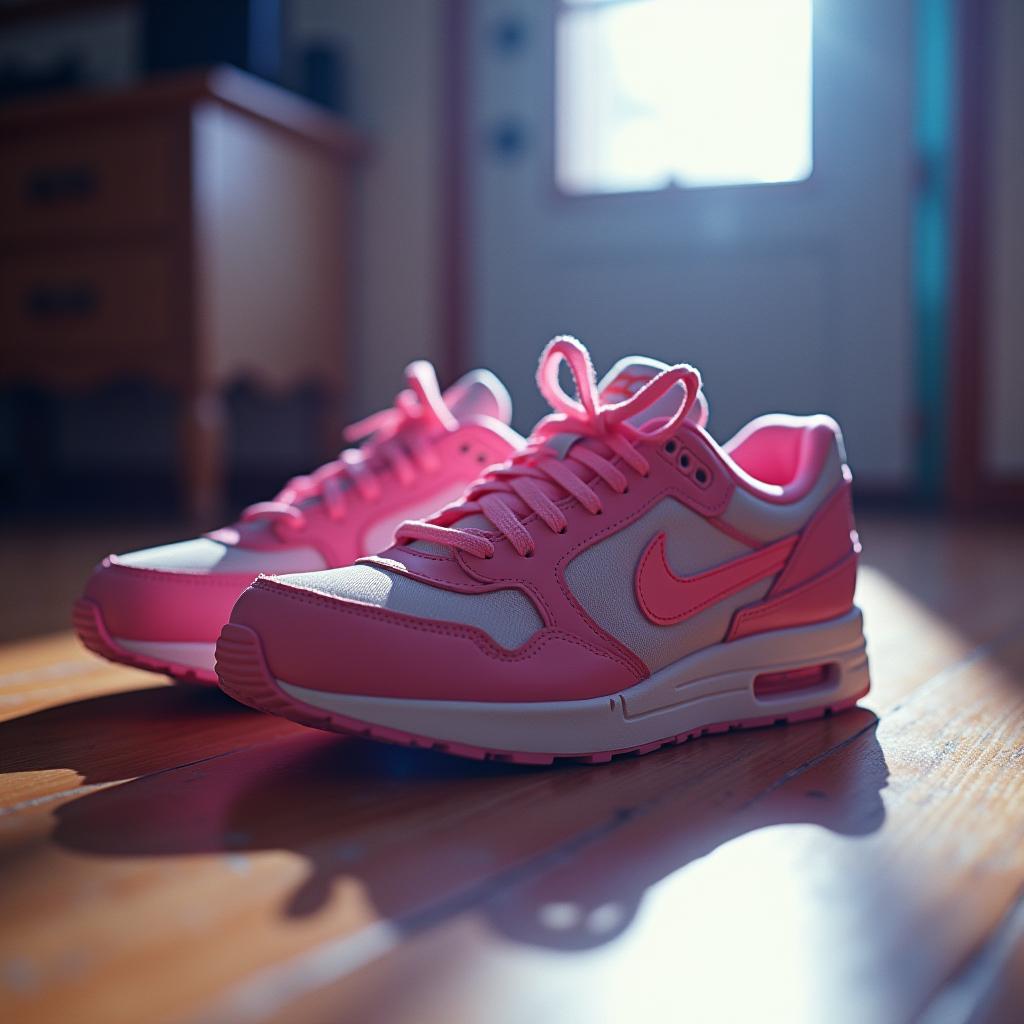In the world of marketing and branding, as in life, many things move in circles, there is an eternal return to the beginning. Fashion and trends that were seemingly forgotten decades ago are returning with renewed vigor, and nostalgia is becoming a key element for strengthening the emotional connection with consumers. It's not just a marketing strategy — it's a philosophy deeply rooted in our collective perception of time and progress. But why is this cycle so important and how does it shape perception brand name?
Eternal Return: A Cyclical Philosophy
The philosophy of eternal return is rooted in ancient traditions and mythologies, where the repetition of events symbolized not linear progress, but cyclical development. Friedrich Nietzsche, the famous philosopher, took this principle and deepened it in his concept of eternal return, suggesting that everything that happens will inevitably repeat itself. In the world of fashion, culture, and especially marketing, this principle has become a tool for creating awareness and building trusting relationships with consumers.
Every time we see the return of trends from the past, whether it's fashion outfits of the 90s or retro- toys from childhood, we witness the embodiment of the philosophy of eternal return. Brands are adept at exploiting this phenomenon, offering consumers something familiar but with a modern twist.
Returning trends: why is the past back in fashion?
Modern society is increasingly facing crises, rapidly changing technologies, and information overload. In such circumstances, people seek solace in what is already known and evokes warm memories. Returning to the trends of previous years becomes a kind of anchor of stability.
So, clothing brands often produce collections inspired by the past. For example, denim clothing of the 80s or bright neon shades of the 90s are becoming popular again. However, it is important that these items are returned not in their original form, but taking into account modern trends.

Nostalgia as a sales engine
Nostalgia plays an important role in marketing because it evokes emotions that form a deep connection with the brand. Brands use nostalgia to recall the past, connect it with the present, and offer something new but familiar. This is a strong emotional impact, which is difficult to overestimate.
Consider, for example, companies that recreate old commercials, symbols, and even the very packaging of products from the past. This is not just a marketing ploy — it's a way to reconnect with those who were already familiar with the brand in the past, and attract a new generation of customers.
Impact on brand perception
Cyclical trends and nostalgia directly affect brand perception. A brand that uses these elements effectively can strengthen its identity, connect generations, and create an impression of sustainability. Returning trends give consumers confidence that the brand does not just follow fashion, but to some extent shapes it, understanding the subtleties of cultural codes.
An example of this is the success of retro consoles like the Nintendo Classic. The brand not only meets the need for retro games, but also creates a new offer for modern audiences, appealing to their childhood memories.

Retro with a modern approach: how to make trends relevant?
Successful brands find a balance between the old and the new. They use the aesthetics of the past, but focus on modern expectations-whether it's eco-friendly materials, technological improvements, or an updated approach to marketing.
For example, when Nike relaunched its iconic Air Max sneakers, it didn't just bet on the popularity of the old design. The brand has improved its materials and added modern elements to attract and retain the attention of both long-time fans and new customers.
How brands create a Philosophy of Eternal Return
Many brands base their philosophy on cycling, creating repetitive iconographic elements and designs that instantly evoke nostalgic feelings in consumers. This can be a logo style, recognizable product shapes, or even a repetition of the same marketing slogans that were popular in the past.
Such approaches build a brand around the idea of sustainability and eternal significance. As a result, consumers are beginning to see the brand as more than just production processes and marketing campaigns — they see a long history that becomes part of their personal memories.








